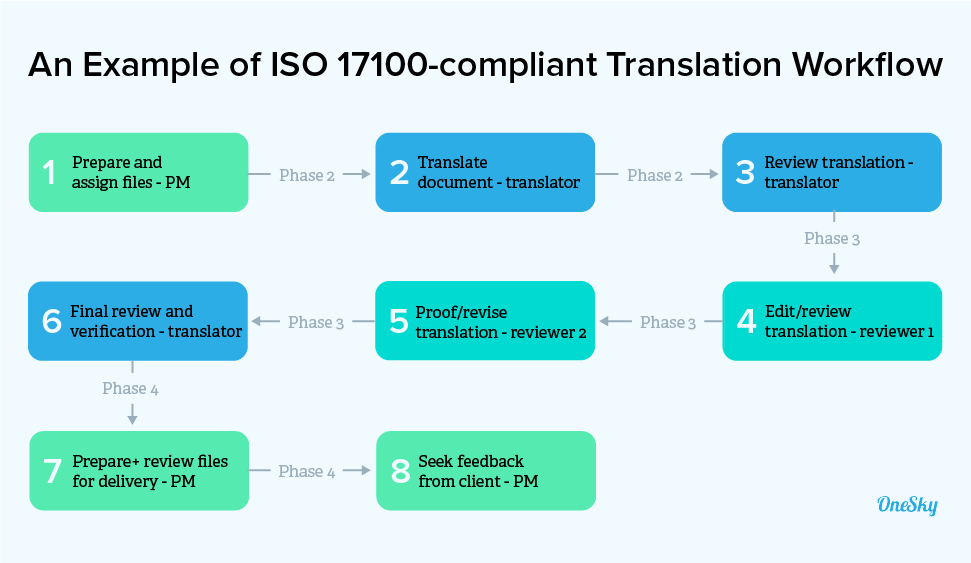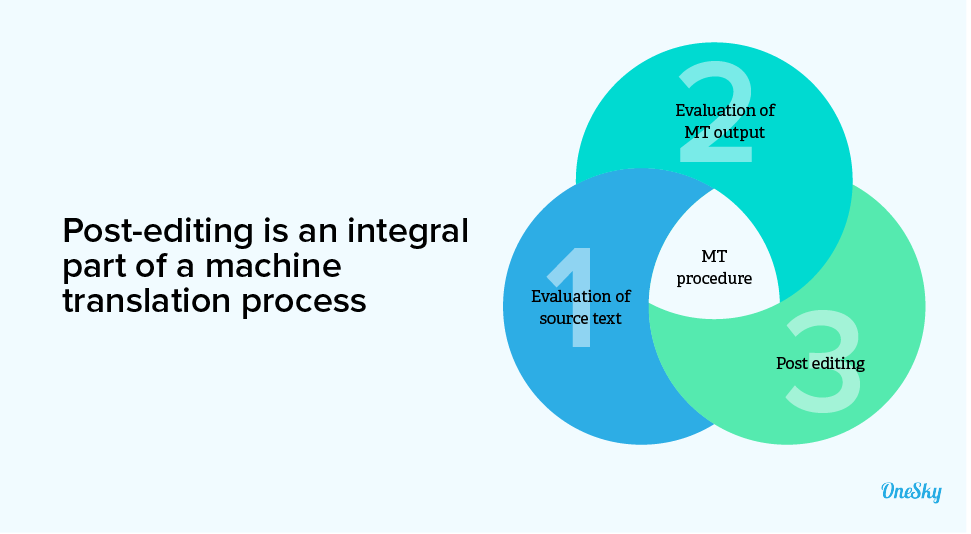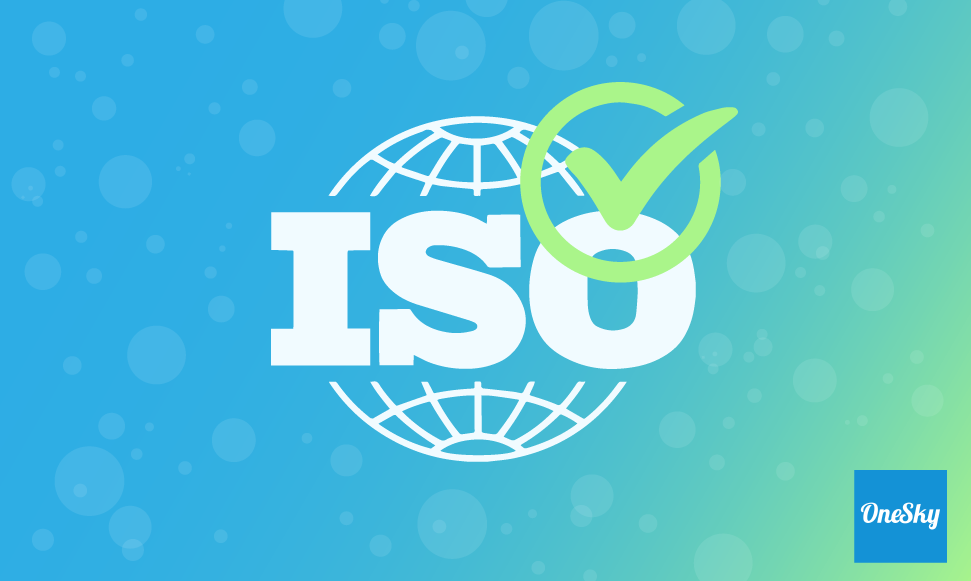What Are Translation Quality Certifications?
Many #translationfails are funny. But translation quality is no joke when it comes to intellectual property (IP), medical, legal, account, and technical documentation.
Accurate and high-quality translations are not only critical for maintaining your brand image and attracting more customers. They may also be required by law in some industries.
Poor-quality translations can cause loss of business value, land your company in legal hot waters, and even jeopardize people’s lives.
When hiring a translation service provider, how can you tell which one has the capabilities to deliver the highest-quality translations that meet your requirements?
What Is Translation Quality?
Translation quality refers to the ability of the translated content to accurately capture and convey the information and intent of the source document.
Translation quality standards outline the processes, resources, and other aspects needed to deliver high-quality translation services. A translation quality certification demonstrates a translation service provider’s ability to meet client expectations and industry requirements.
How To Assess the Quality of a Translation Service
When assessing the quality of a translation service, you need to go beyond the accuracy of the translated content and consider various aspects of the entire process, including account management, speed of delivery, ease of doing business, etc.
In particular, if you’re translating sensitive materials, the technologies used throughout the process must meet data protection requirements.
However, it’s not easy to gain visibility into a translation agency’s infrastructure and processes. That’s why many clients rely on translation quality certifications to assess a translation service provider’s competence and capabilities.
These third-party issued translation quality certifications give you peace of mind that the translation agency has the appropriate framework, processes, and policies in place to deliver high-quality services based on specific standards.
What Are Translation Quality Certifications?
Translation quality certificates verify that a translation services provider meets a specific set of standards and requirements throughout the translation workflow, such as:
- Having a documented process for qualifying and selecting resources (e.g., translators, reviewers, editors) to handle a translation project.
- Implementing a pre-production process to identify technical requirements and necessary steps, such as content analysis, file preparation, and translation glossaries.
- Ensuring that the translation team can manage the entire production process from establishing a schedule to delivering the final content.
- Handling post-production activities, such as managing client feedback, orchestrating redelivery, and ensuring that all the client expectations are met.
Common Translation Quality Certifications
The most common types of translation quality certifications are established by the International Organization for Standardization (ISO), including:
ISO 17100 For Translation Quality
ISO 17100:2015 sets competency requirements for translators and revisers. For example, they must have a minimum of five years of professional experience, a degree in translation, or another course of study, plus two years of professional experience.
The standard also covers translation project management. A translation agency must demonstrate that it documents project requirements, has all the required resources, and follows a defined process to ensure that the translation service is performed at the highest quality level.

ISO 9001 for Quality Management Systems
ISO 9001:2015 is a general standard applicable to all businesses. It assesses quality management systems, defines how to measure supplier performance, and sets guidelines on documenting internal improvements.
ISO 9001 outlines how a translation agency can deliver a consistent level of performance through all its services. For instance, it must have a quality management system to ensure customer satisfaction, staff motivation, and continuous improvement.
ISO 18587 for Machine Translation Post-Editing
Machine translation (MT) has become an integral part of most translation processes. However, MT quality varies. Post-editing is often required to ensure the highest-quality output. ISO 18587:2017 defines the requirements and the process for such human post-editing.
This standard only pertains to content generated by MT applications. It requires post-editors to ensure intelligibility of the translated text, substantive agreement with the source content, and compliance with client-specific requirements.

Other ISO Standards
Some industries have additional translation quality requirements. Here are some examples:
ISO 13485:2016 specifies quality management requirements for organizations that provide medical devices and related services to demonstrate that they can meet customer and regulatory requirements. The standard also applies to their suppliers, including translation service providers.
ISO 27001:2013 is a framework for establishing, implementing, maintaining, and continually improving an information security management system. It helps ensure that a vendor can securely handle sensitive materials from its clients and protect the integrity of the data.
Other Translation Quality Frameworks
Besides the ISO standards, there are other models and frameworks for ensuring translation quality:
The LISA model
This language quality model is popular in the localization industry, especially for highly regulated content. It includes a specific section for style and voice preferences and can be customized to meet each client’s requirements.
When you use the LISA model to assess translation quality, you can see details of each issue, such as terminology, translation memory, the accuracy of meaning or style, typos, and more. The insights can help improve the quality of future translations.
TAUS Dynamic Quality Framework
TAUS is more customizable than LISA. You can define different standards for acceptable translation quality based on a project’s objectives and content type. Its flexibility means you only pay for the quality assurance level you need.
This framework allows you to quickly confirm that the translated text is serving its purpose. As such, it’s widely used for dynamic content that requires a quick turnaround time, such as social media posts.
J2450 Standard-based Model
This model started as a statistical tool automakers use to grade a document’s translation quality. Analysts tally up translation errors and then use the model to produce a final grade. This metric offers a consistent standard to measure translation quality.
The J2450 model works well for technical content. It can be applied to any source language and translation method (e.g., human or machine translation.) However, it doesn’t measure discrepancies in style, although you can expand it to accommodate the requirement.
Why Translation Quality Certification is Important in Localization
Accurate translations are critical to any successful localization project. Translation service providers that follow a framework for excellence demonstrate that they can meet a certain quality standard.
Translation quality certifications allow clients to understand a provider’s level of services and the price differentials among vendors. The requirements for each standard also help you determine the quality focus of the translation service and find a vendor that can meet your needs.
Translation quality standards evaluate translators’ competence and the accuracy of the translation. They also consider the entire translation process to ensure that a project is managed properly to deliver the best possible outcomes.
That’s why OneSky offers an all-in-one localization platform that helps ensure that you get the highest quality translation.
Besides a robust localization management platform with features such as terms glossary, translation management system (TMS), automated procedures, string contexts, testing, and more, you can also access a dedicated translation manager and over 1,000 professional translators fluent in 50+ languages.
Try OneSky for free to see how we can help you create high-quality translations for your website, game, app, software, and more.



 Written by -
Written by - 




 Written by
Written by 


